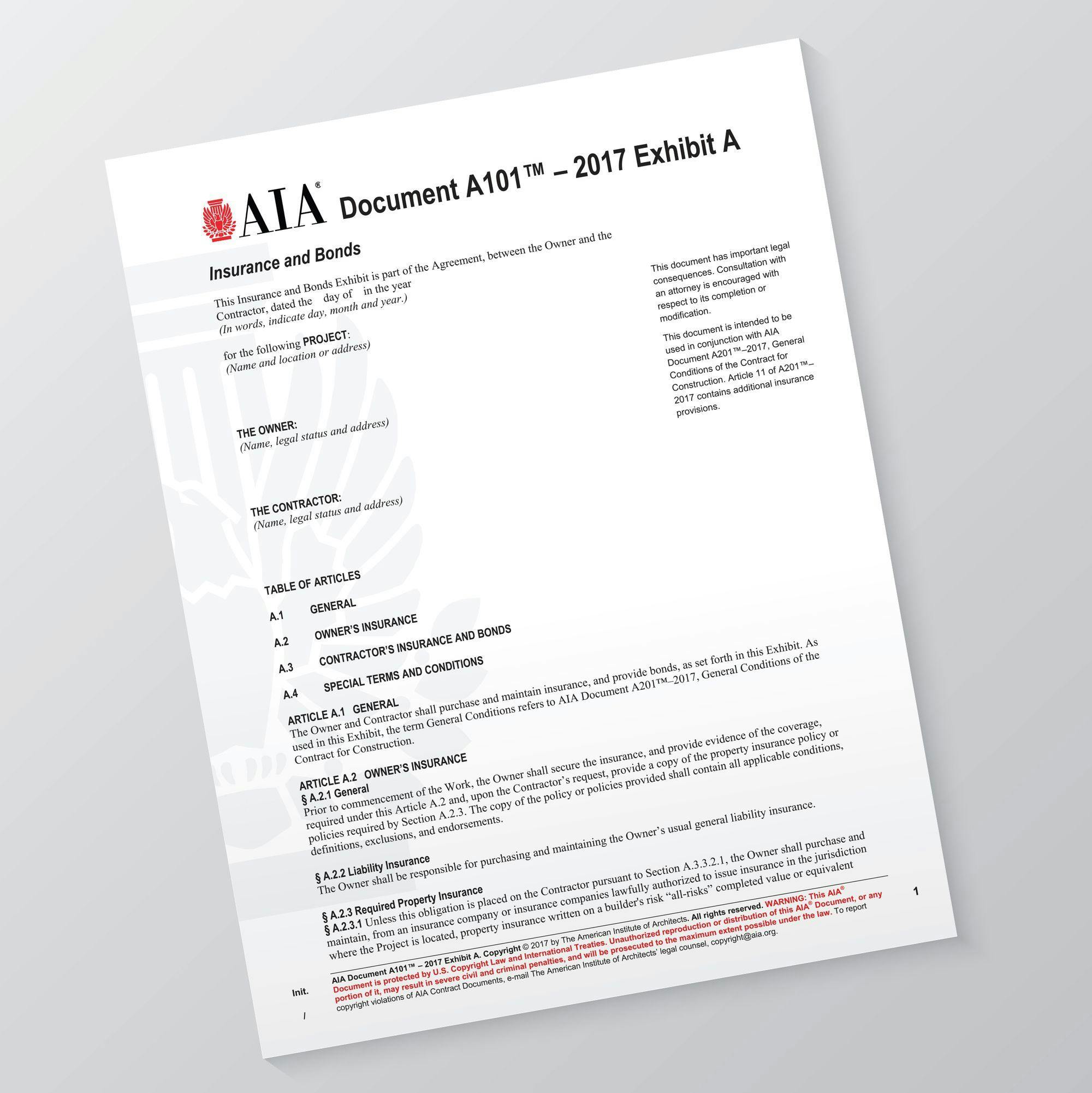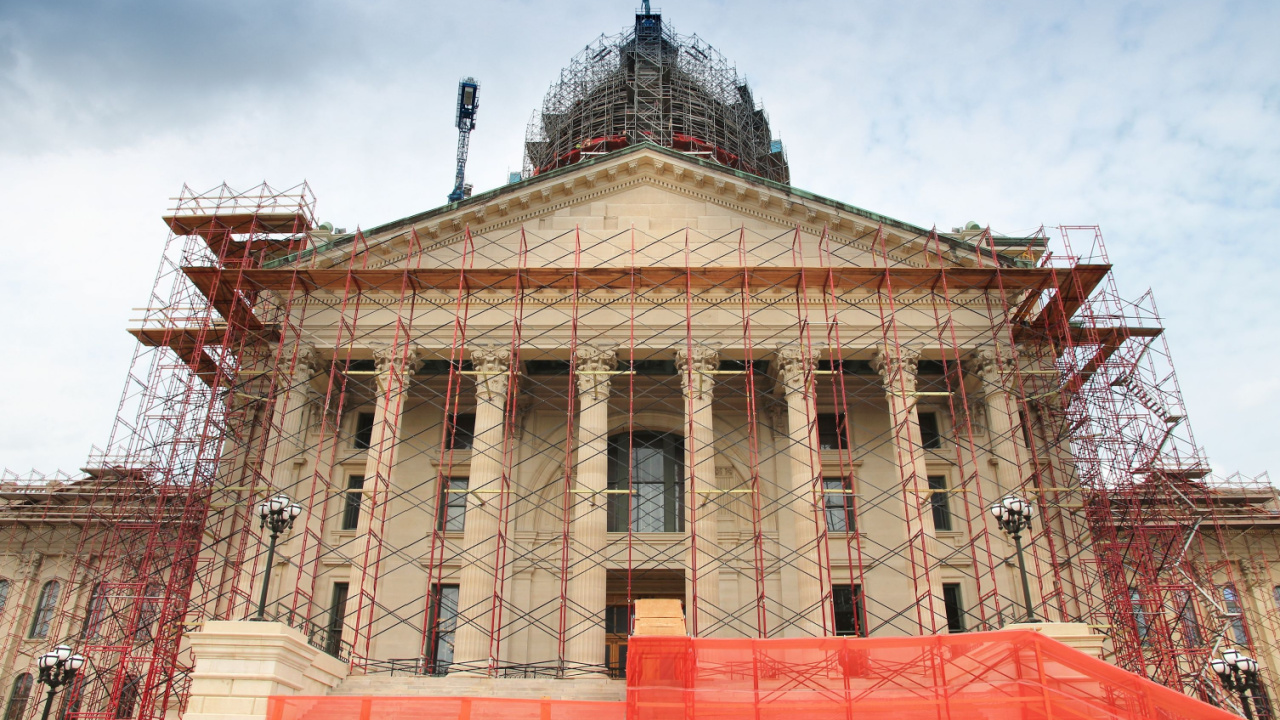
How Will the New 2017 AIA Contract Documents Affect Projects?
Keep Up With Developments and Revisions to AIA Owner-Contractor Agreements
The American Institute of Architects (AIA) has published standard form agreements since 1888. AIA Contract Documents have long been viewed as the industry standard in reflecting current industry practices and fairly balancing the risks and responsibilities of all project participants.
To keep up with legal and practice developments, AIA has put together a comprehensive set of revisions to its 2017 owner-contractor agreements. The single most significant 2017 revision to the A201 family is the creation of an Insurance and Bonds Exhibit to accompany the key owner-contractor agreements.
To create a more expansive and flexible set of insurance requirements, the new Insurance and Bonds Exhibit distinguishes between required coverages and optional coverages. Required coverages for the contractor include commercial general liability coverage, auto liability coverage, workers’ compensation and employer’s liability coverage and other coverages based on the type of project. Optional insurance coverages include railroad protective liability insurance, asbestos abatement liability insurance and insurance for physical damage to property while in storage or transit.
While the Insurance and Bonds Exhibit requires the owner to purchase builder’s “all-risks” insurance sufficient to cover the total value of the entire project, the contractor may optionally provide this coverage. The builder’s risk coverage is required to be maintained until substantial completion of the work.
While the substantive terms pertaining to insurance requirements between the owner and contractor are set forth in the Insurance and Bonds Exhibit, A201–2017 still includes key insurance-related terms that are applicable to virtually all projects.
Among the revisions to Article 11 of A201 is the removal of the requirement that the contractor provide certificates of insurance with an obligation on the part of the insurer to notify the owner of a pending lapse in insurance. That provision was ultimately removed from the certificates of insurance issued by most insurers and therefore had to be eliminated from A201 as a requirement. Accordingly, A201–2017 now requires that the owner and contractor (as opposed to the insurers) each provide the other with notice of an impending or actual cancellation or expiration of insurance coverage. Additionally, there are provisions that protect the interests of the contractor and subcontractors, if the owner fails to purchase any of the insurance as required under by the agreement or contract documents.
The new exhibit allows the parties to develop specific insurance requirements for any particular project. For basic insurance and bond coverage, the parties will insert claims and policy limits and the penal sum for required bonds. However, the new exhibit also prompts the parties to consider additional insurance coverages that might be warranted, depending on the nature of the project and particular risks that might be encountered. The exhibit can be easily transmitted to each party’s insurance and bond advisor(s) or broker(s) for evaluation and completion. Additionally, all insurance and bonds obtained for the project are required to be purchased from companies lawfully authorized to issue insurance or surety bonds in the jurisdiction where the project is located.
The 2017 documents also contain a number of new provisions related to digital information and Building Information Modeling (BIM). When using BIM on a project, it is crucial that requirements for the various elements of the model be well documented. Accordingly, the key 2017 owner-contractor and owner-architect agreements expressly require the use of AIA Document E203™–2013 to establish protocols for the development, use, transmission and exchange of digital data. The 2017 documents further provide that any use of all or a portion of information contained in a BIM model, without establishing and setting forth the necessary protocols, is at the using or relying party’s own risk and without liability to any other project participant.
Lastly, AIA Contract Documents have long provided that the contractor is solely responsible for, and has control over, construction means, methods, techniques, sequences and procedures. In A201–2017, the contractor remains solely responsible for, and has control over, construction means, methods, techniques, sequences and procedures.
Related stories








